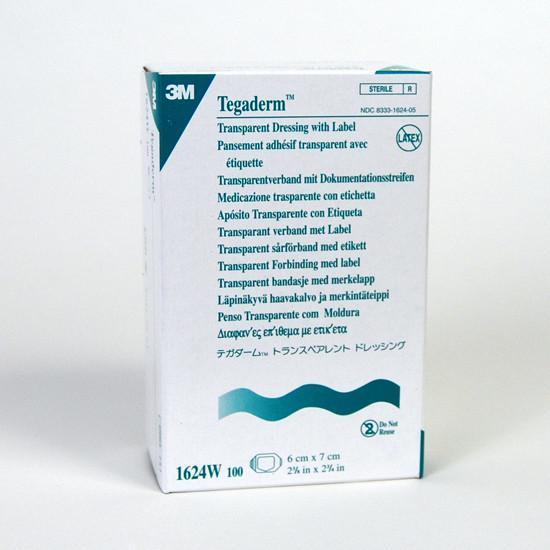First-degree burns, like you might get from taking something too hot out of the toaster oven or bumping yourself with a curling iron, are very minor and rarely require medical attention for proper healing. However, it's still important to care for them properly at home to avoid infections and facilitate a quicker recovery. Here are some tips for taking proper care.
Determining a First-Degree Burn
If the affected skin is red, swollen, and painful, and doesn't appear to have burned through more than one layer of skin, it's probably a first-degree burn and is safe to treat at home. The exception is for burns that are on or close to the eyes, mouth, or genitals; these regions are more sensitive and may require medical attention. You may also want to visit a doctor for burns that are larger than 3 inches in diameter to be on the safe side.
What to Do
Start by running cool water over the burn for 10 to 15 minutes, until the "hot" feeling and pain begins to diminish. Take an over-the-counter pain reliever to manage the pain.
Then, provided it is not an open wound, apply a thin layer of a burn care product, such as aloe vera. Don't use butters or ointments, as they are too thick and will seal in heat. Apply a waterproof wound dressing, such as Tegaderm, that is large enough such that the edges of the dressing do not touch the burn. Never apply an adhesive to burned skin. If you do not have Tegaderm, you can use gauze and medical tape; however; this is not waterproof. Check out our collection of wound care products for more options.
Change the dressing every 2-3 days, cleaning the wound with cool water and re-applying ointment as necessary.
It's safe to stop wearing a bandage when there is minimal to no pain, no blisters, and no exudate.
Other Information
Though a burn may peel, scab, and itch, avoid scratching the area as much as possible. If you notice any pus, increased pain, or increased swelling, the wound may be infected and likely requires medical care.


